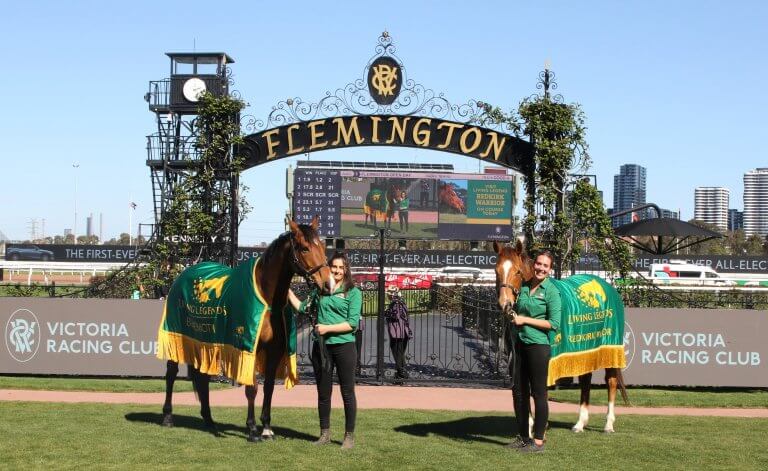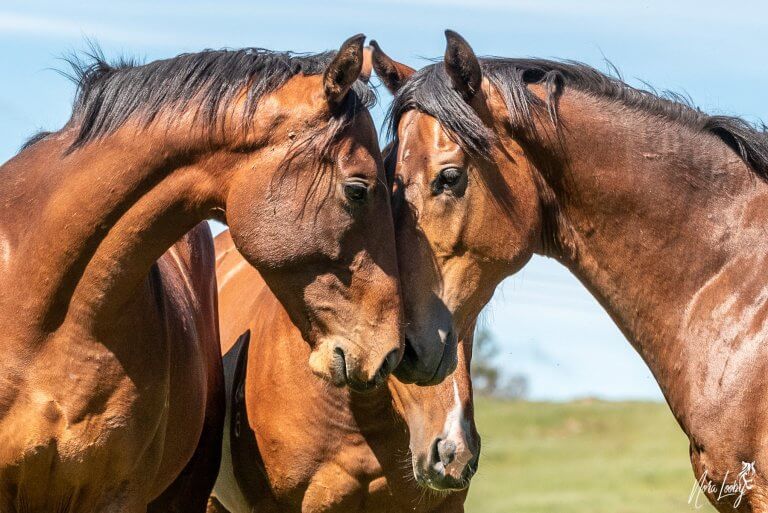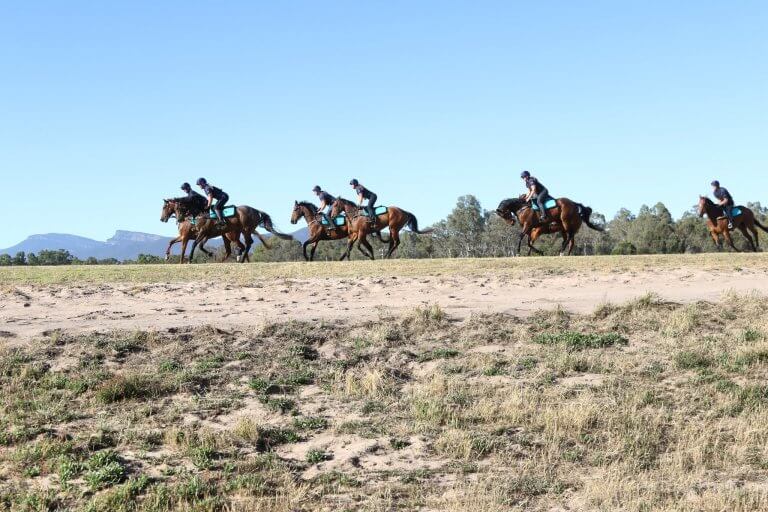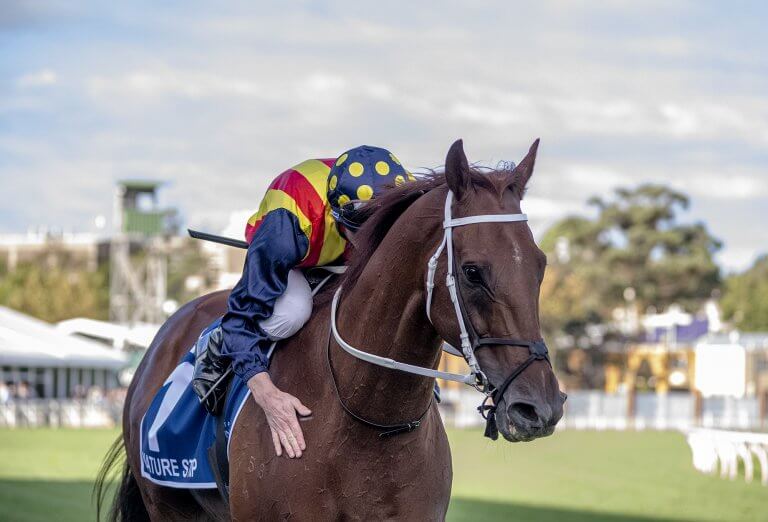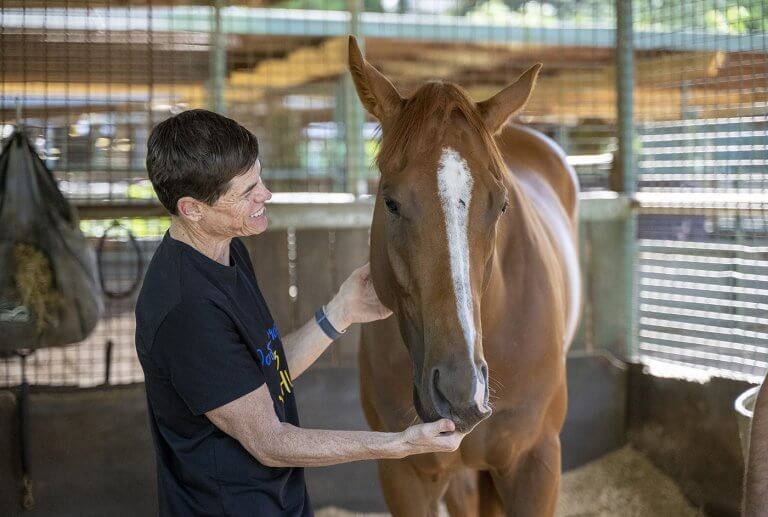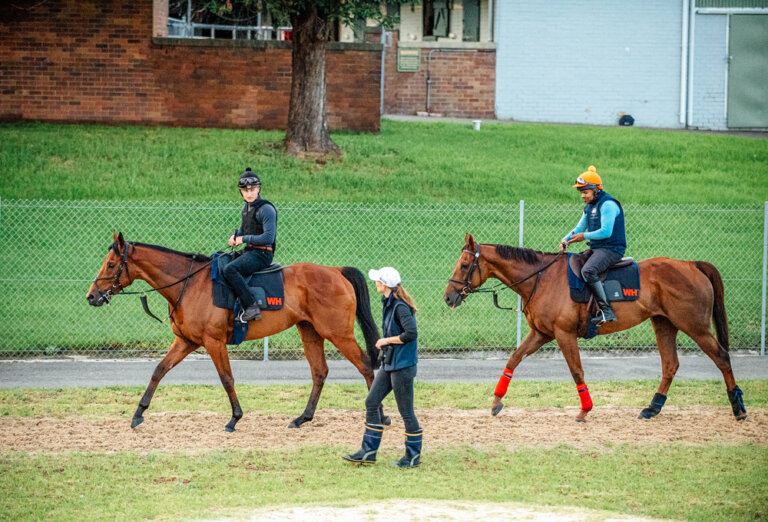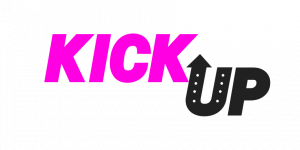At next year’s Paris Olympic Games, Thoroughbreds competing in any of the equestrian disciplines – dressage, show jumping and eventing – will, for the first time, be recognised in the starting lists and results. In past Olympics, the retired Thoroughbred racehorses competing were listed only as ‘breeding unknown’.
The agreement follows discussions between the European and Mediterranean Horseracing Federation (EMHF), the World Breeding Federation for Sports Horses (WBFSH), the Federation Equestre Internationale (FEI) and the International Stud Book Committee (ISBC) and will extend also to all FEI competitions. The issue arose because, under a Memorandum of Understanding between the FEI and the WBFSH, only member stud books of the WBFSH have historically been credited, and the WBFSH only has members that specifically breed horses for the Olympic disciplines.

The arrangement was welcomed by Dr Paull Khan, Secretary-General of the EMHF and a member of the Steering Group of the International Forum for the Aftercare of Racehorses (IFAR): “Much effort is made around the world to encourage the owners of retired racehorses to explore second careers for them. This recognition will both further the message that Thoroughbreds do go on to compete with distinction in other equestrian disciples and prompt more Thoroughbred owners to consider this retirement option for their racehorses”.
Nadine Brandtner, General Manager of the WBFSH added: “The WBFSH recognises the extensive influence the Thoroughbred has had on sport horse breeding and development, and that undoubtedly the Thoroughbred deserves recognition. Furthermore, the initiative to encourage second careers for retired Thoroughbreds is a vital effort to maintain the social license to operate. We believe that it is the entire equine sector that must stand together to face this challenge, and so it is natural that the WBFSH would support this”.
The FEI’s Director of Governance and Institutional Affairs, Francisco Lima, confirmed that this development carries the full support of the FEI.
Simon Cooper, Vice-Chair of the ISBC, added: “The International Stud Book Committee is delighted that Thoroughbreds will now be recognised for their participation and success in equestrian sports.
The ISBC is grateful to EMHF, WBFSH and the FEI for working together alongside the ISBC to support this recognition of off-the-track racehorses. Thoroughbreds have consistently shown that their athleticism, attitude and adaptability so often make for a successful second career in equestrian sports. The ISBC’s 68 Approved Thoroughbred Stud Books across the world will be supporting IFAR, WBFSH and the FEI in promoting post-racing opportunities and ensuring recognition for these Thoroughbreds”.

